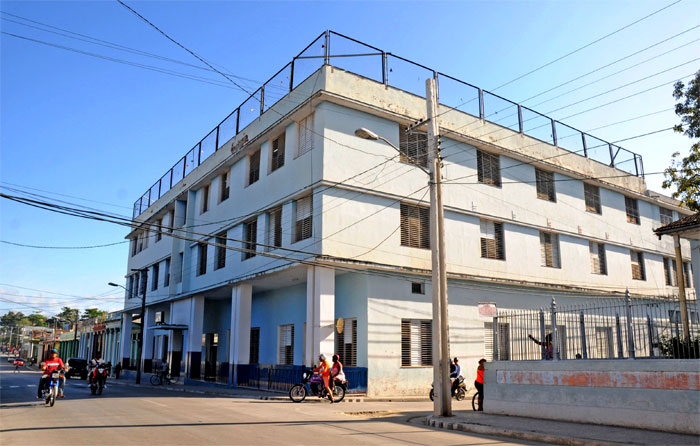 Guantánamo.- For Guantanamo, the easternmost and most mountainous Cuban province, the attention to Demographic Policy is a priority, a government strategy aimed at addressing issues related to the decline in the overall fertility rate and the care of the elderly, the only population group that has grown in recent years.
Guantánamo.- For Guantanamo, the easternmost and most mountainous Cuban province, the attention to Demographic Policy is a priority, a government strategy aimed at addressing issues related to the decline in the overall fertility rate and the care of the elderly, the only population group that has grown in recent years.
By the end of 2024, the number of Guantanamo residents in the province will decrease to 478,328 inhabitants, with a population decrease of less than 18.5 per thousand inhabitants, the fertility and birth rates are lower, and aging exceeds 21.3 percent of the population.
As in the whole country, there is a high migration rate, with emphasis on the mountainous areas, where only about 180,400 Guantanamo residents live, a little more than 37 percent of the population of the territory.
In his speech on July 26, 1985, Commander in Chief Fidel Castro raised, along with the drought and the salinization of the soil, the exodus from the mountains, as one of the main challenges of Guantanamo.
This problem requires the systematic implementation of effective strategies to address the challenge of having a province with nearly 75 percent of its territory covered by increasingly less populated mountainous areas.
Roidis Coello Márquez, director of organization and planning of the provincial government, explained that as part of the actions of the Demographic Policy in Guantanamo, 185 million pesos were spent through social assistance to protect 5,651 families, which represent more than 9,109 people.
118 Guantanamo residents benefited from home social workers, monetary benefits were granted to 1,673 people with disabilitiesand 3,972 senior citizens, along with other support services.
22 job fairs were also held in 46 neighborhoods, 1,628 people who were disconnected from study and work were located, and the Basic Emerging Nursing course was also opened, with 288 students.
The government’s effort is aimed at achieving constant, deep and comprehensive attention to Demographic Policy in all municipalities, organizations, academic institutions and social actors in general, based on local potentialities and that their actions appear reflected in territorial development strategies.
Photos: Venceremos